When we think about how to clean washing machine top loader maintenance of our household appliances, the washing machine often takes a backseat in our minds. However, the importance of regular cleaning cannot be overstated. Over time, our washing machines accumulate dirt, detergent residue, and even mold, which can lead to unpleasant odors and inefficient performance.
Table Of Content
- Key Takeaways For How To Clean Washing Machine Top Loader
- Tools and Supplies Needed
- Essential Cleaning Agents
- Must-Have Tools
- Removing Debris and Lint
- Cleaning the Exterior
- Cleaning the Interior
- Removing Build-Up and Residue
- Maintaining the Agitator and Drum
- Importance of Maintenance
- Identifying Issues and Seeking Professional Help
- Cleaning the Agitator and Drum
- Preventing Moisture and Mold Growth
- Cleaning the Dispenser and Filters
- Tips for Preventing Future Build-Up
- FAQs
- What is the best way to clean a top loader washing machine?
- How often should I clean my top loader washing machine?
- Can I use bleach to clean my top loader washing machine?
- What are some common cleaning agents for top-loader washing machines?
- Are there any specific areas of the washing machine that need special attention when cleaning?
By committing to a routine cleaning schedule, we not only enhance the longevity of our machines but also ensure that our clothes come out fresh and clean. A well-maintained washing machine operates more efficiently, which can translate into lower energy bills and a reduced environmental footprint. Moreover, regular cleaning helps us avoid potential health hazards.
Bacteria and mildew thrive in damp environments, and our washing machines can become breeding grounds for these unwanted guests if neglected. When we allow these contaminants to build up, they can transfer to our laundry, posing risks to our skin and overall health. By prioritizing the cleanliness of our washing machines, we are taking proactive steps to safeguard our well-being and that of our loved ones.
In essence, regular cleaning is not just about aesthetics; it is a crucial aspect of maintaining a healthy home environment.
Key Takeaways For How To Clean Washing Machine Top Loader
- Regular cleaning of your washing machine is important to maintain its efficiency and prolong its lifespan.
- Tools and supplies needed for cleaning include vinegar, baking soda, a microfiber cloth, and a toothbrush.
- To clean the exterior, wipe down the machine with a damp cloth and mild detergent, and clean the door seal and detergent drawer.
- Cleaning the interior involves running a hot water cycle with vinegar and baking soda and wiping down the drum and agitator.
- Removing build-up and residue can be done by using a toothbrush to scrub away any stubborn stains and residue.
- Regular maintenance of the agitator and drum includes checking for any trapped debris and wiping down the surfaces.
- Cleaning the dispenser and filters involves removing and cleaning the detergent dispenser and checking and cleaning the filters.
- Tips for preventing future build-up include using less detergent, leaving the door open to air out, and cleaning the machine regularly.
Tools and Supplies Needed
Essential Cleaning Agents
First and foremost, we should equip ourselves with a good quality all-purpose cleaner or a specialized washing machine cleaner. These products are designed to break down grime and eliminate odors effectively. Additionally, we may want to have white vinegar and baking soda on hand, as these natural ingredients are excellent for tackling tough stains and neutralizing odors without harsh chemicals.
Must-Have Tools
In addition to cleaning agents, we should also gather some essential tools. A microfiber cloth is invaluable for wiping down surfaces without leaving lint behind. A soft-bristle brush can help us reach those hard-to-clean areas, such as the rubber seals around the door or the detergent dispenser. We might also consider using an old toothbrush for scrubbing smaller crevices.
Removing Debris and Lint
Finally, having a vacuum cleaner or a handheld vacuum can assist us in removing any debris or lint that may have accumulated around the machine. With these tools and supplies at our disposal, we will be well-prepared to tackle the cleaning process head-on.
Cleaning the Exterior
The exterior of our washing machine is often the first thing we notice, yet it can easily become overlooked in our cleaning routines. Dust, fingerprints, and spills can accumulate over time, detracting from the overall appearance of our appliance. To begin the cleaning process, we should start by unplugging the machine for safety reasons.
Once we have done that, we can use a damp microfiber cloth along with an all-purpose cleaner to wipe down the surface thoroughly. This not only removes dirt but also helps to maintain the finish of the machine, ensuring it looks its best for years to come. After addressing the main body of the washing machine, we should pay special attention to the control panel and any buttons or knobs.
These areas can harbor grime and bacteria from frequent use. A gentle scrub with a soft-bristle brush can help us reach into crevices where dirt tends to accumulate. Additionally, we should not forget about the back of the machine; dust and lint can build up there as well.
By taking the time to clean both the visible and hidden parts of our washing machine’s exterior, we are ensuring that it remains not only functional but also visually appealing.
Cleaning the Interior
| Task | Frequency | Time Taken |
|---|---|---|
| Vacuuming | Weekly | 30 minutes |
| Dusting | Bi-weekly | 45 minutes |
| Wiping Surfaces | Weekly | 20 minutes |
| Window Cleaning | Monthly | 1 hour |
Once we have tackled the exterior, it is time to turn our attention to the interior of the washing machine. The drum is where all the action happens, and it is crucial that we keep it clean to prevent any unpleasant odors or residue from transferring to our laundry. To begin this process, we can run an empty cycle with hot water and add either a specialized washing machine cleaner or a mixture of vinegar and baking soda.
This combination works wonders in breaking down any build-up that may have formed over time. While the cycle is running, we should take this opportunity to inspect the rubber gasket around the door. This area is notorious for trapping moisture and debris, making it a prime location for mold growth.
We can use a damp cloth or sponge to wipe down this seal thoroughly, ensuring that we remove any visible dirt or mildew. By dedicating time to cleaning both the drum and gasket, we are taking significant steps toward maintaining a fresh-smelling washing machine that delivers optimal performance with every load.
Removing Build-Up and Residue
As we continue our cleaning journey, we must address any build-up and residue that may have accumulated in various parts of our washing machine. One common area where residue tends to gather is in the detergent dispenser. Over time, detergent can harden and create clogs that prevent proper dispensing during wash cycles.
To tackle this issue, we can remove the dispenser tray (if possible) and soak it in warm, soapy water for a few minutes before scrubbing it clean with a soft brush. In addition to the detergent dispenser, we should also check for any build-up in the drain filter or pump filter located at the bottom of many machines. This component can trap lint, hair, and other debris that may hinder drainage efficiency.
By carefully removing and cleaning this filter according to the manufacturer’s instructions, we can ensure that our washing machine operates smoothly without any interruptions caused by clogs or blockages.
Maintaining the Agitator and Drum
Importance of Maintenance
The agitator and drum are crucial components of a washing machine, and maintaining them is essential for optimal performance. Over time, fabric fibers and detergent residue can accumulate on these parts, leading to less effective cleaning results. To keep them in top shape, it is recommended to regularly inspect both components for any signs of wear or damage.
Identifying Issues and Seeking Professional Help
If any issues are noticed, such as cracks or excessive wear on the agitator fins, it may be time to consult a professional for repairs or replacements. This ensures that the washing machine continues to function effectively and efficiently.
Cleaning the Agitator and Drum
To clean these components effectively, a maintenance cycle can be run using hot water along with a cup of vinegar or a specialized cleaner designed for washing machines. This process helps dissolve any build-up while also sanitizing the interior surfaces.
Preventing Moisture and Mold Growth
After running the maintenance cycle, it is beneficial to leave the door open for a while to allow air circulation. This helps prevent moisture from lingering inside and reduces the risk of mold growth, keeping the washing machine in good condition and preventing any potential problems.
Cleaning the Dispenser and Filters
Cleaning the dispenser and filters is another crucial step in maintaining our washing machine’s efficiency. The detergent dispenser can often become clogged with dried detergent or fabric softener residue over time. To clean it thoroughly, we should remove it from the machine (if possible) and soak it in warm water mixed with vinegar for about 30 minutes.
After soaking, using a soft brush will help us scrub away any stubborn residue that remains. In addition to cleaning the dispenser, we must not overlook the importance of checking and cleaning any filters present in our washing machine. These filters play a vital role in trapping lint and debris during wash cycles.
If they become clogged, they can lead to drainage issues or even damage to our appliance over time. By regularly removing these filters according to manufacturer guidelines and rinsing them under warm water until they are free from debris, we ensure that our washing machine continues to operate efficiently.
Tips for Preventing Future Build-Up
As we conclude our comprehensive cleaning process, it’s essential to implement strategies that will help prevent future build-up in our washing machines. One effective method is to leave the door open after each wash cycle; this simple act allows air circulation within the drum and helps reduce moisture accumulation that can lead to mold growth. Additionally, we should consider using high-efficiency (HE) detergents specifically designed for modern machines; these detergents produce fewer suds and are less likely to leave behind residue.
Another proactive approach involves running a maintenance cycle every month or so using hot water along with vinegar or baking soda. This routine will help break down any potential build-up before it becomes problematic. Furthermore, being mindful of how much detergent we use can significantly impact cleanliness; using too much detergent can lead to excess suds that contribute to residue accumulation over time.
By adopting these preventive measures, we can ensure that our washing machines remain clean and efficient for years to come while enjoying fresh-smelling laundry with every wash cycle.
If you’re looking for additional tips on maintaining a clean and efficient home, consider exploring other areas, such as your entryway. A well-organized and tidy entryway can complement your efforts in keeping your appliances, like your top loader washing machine, in top condition. For practical and stylish ideas on how to maximize the space in your entryway, especially if it’s compact, check out this related article on entryway ideas for small spaces. It offers creative solutions that can enhance both the functionality and aesthetic of your home’s entrance.
FAQs
What is the best way to clean a top loader washing machine?
The best way to clean a top loader washing machine is to run a cleaning cycle with hot water and a cleaning agent, such as vinegar or baking soda. You can also wipe down the exterior and interior of the machine with a damp cloth and mild detergent.
How often should I clean my top loader washing machine?
It is recommended to clean your top loader washing machine at least once a month to prevent the buildup of mold, mildew, and detergent residue.
Can I use bleach to clean my top loader washing machine?
Yes, you can use bleach to clean your top loader washing machine. However, it is important to follow the manufacturer’s instructions and dilute the bleach properly to avoid damaging the machine.
What are some common cleaning agents for top-loader washing machines?
Common cleaning agents for top loader washing machines include white vinegar, baking soda, bleach, and commercial washing machine cleaners. These agents help to remove odors, mold, and mildew from the machine.
Are there any specific areas of the washing machine that need special attention when cleaning?
When cleaning a top loader washing machine, it is important to pay special attention to the detergent dispenser, agitator, and the rubber gasket around the door (if applicable). These areas are prone to buildup of dirt, grime, and mold.





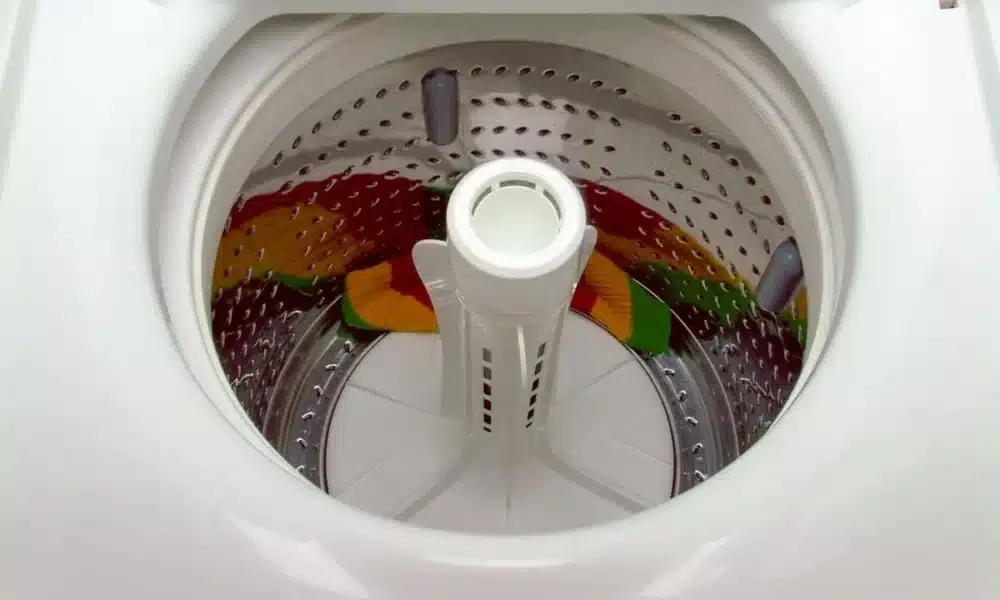
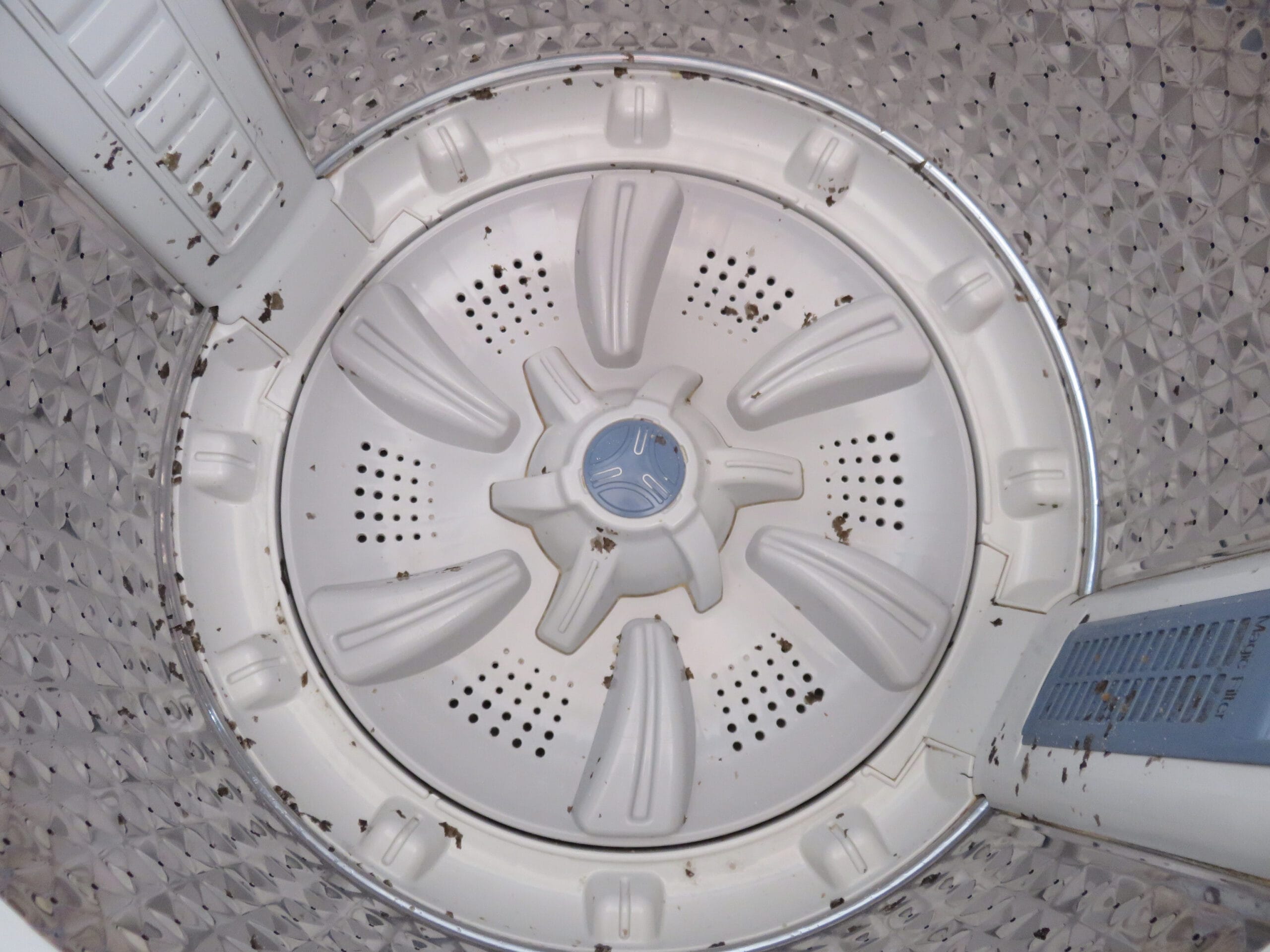
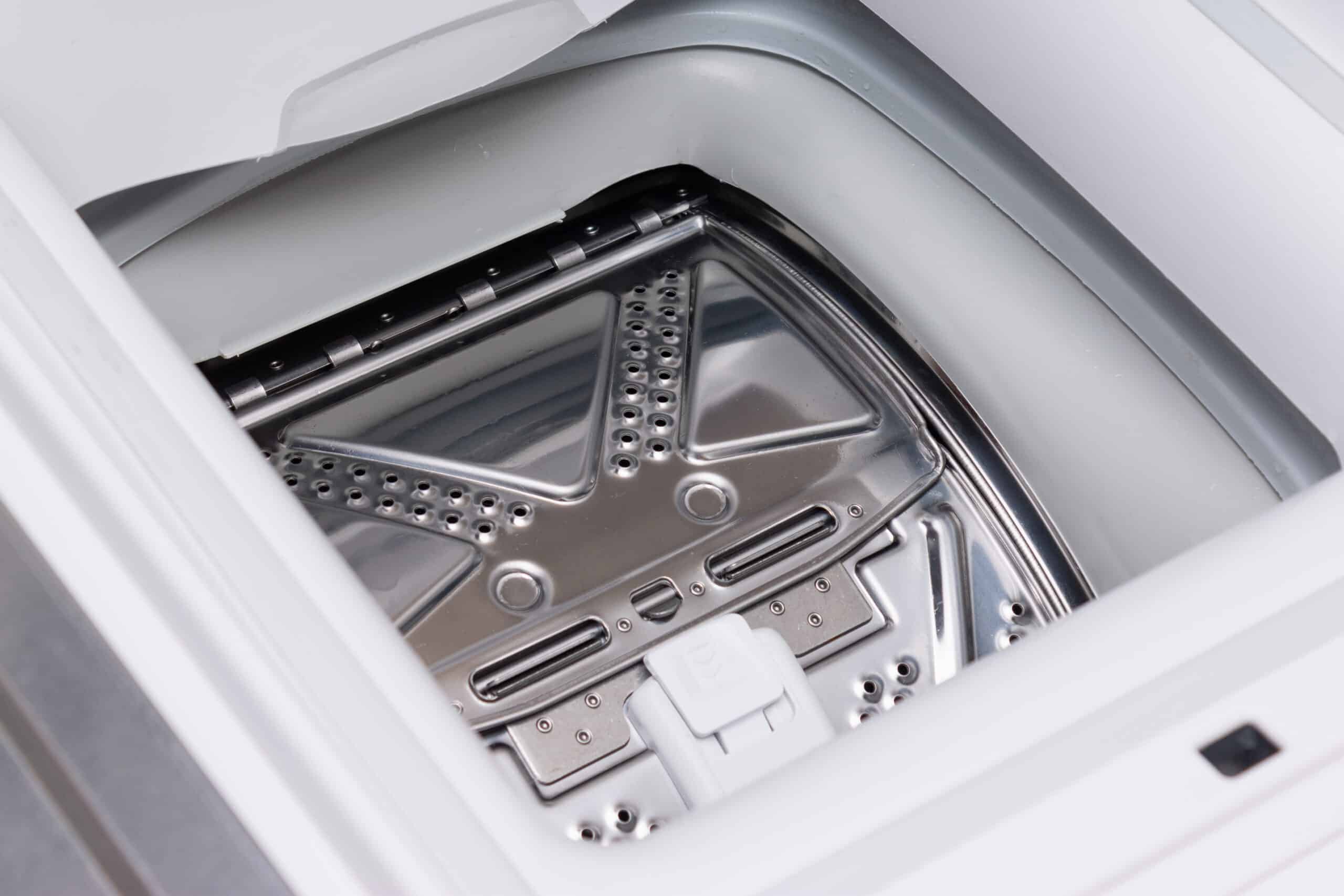





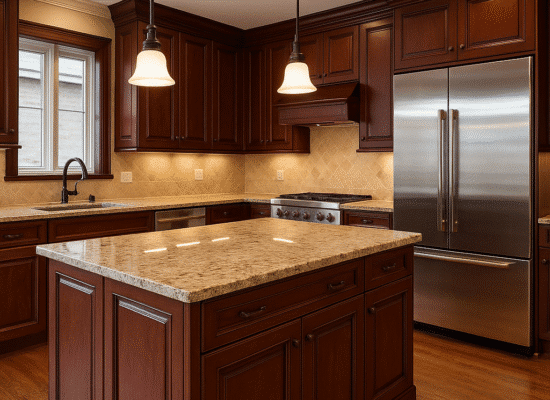
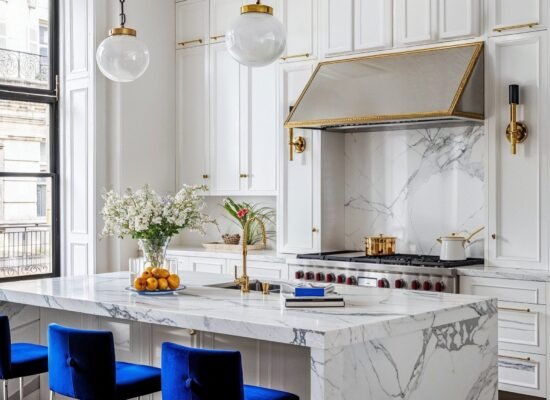

No Comment! Be the first one.